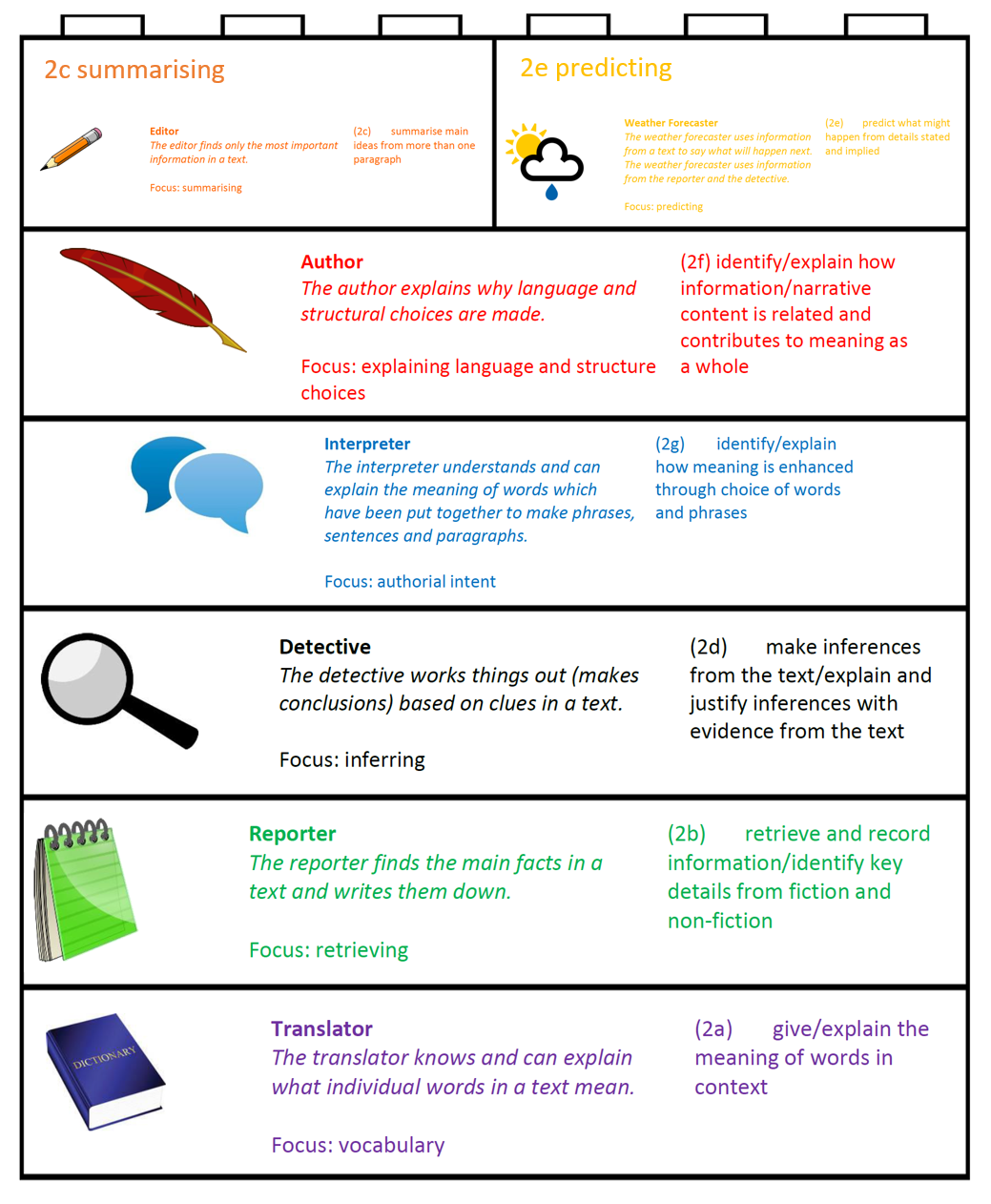
Much remains to be understood about why some small groups struggle more than others in small-group collaboration, specifically regarding how teachers orchestrate the dynamic and heterogeneous small group processes in the classroom (e.g., Jadallah et al., 2011). While many small group studies have overarchingly demonstrated the effectiveness of small group collaboration on students’ cognitive development ( Foorman and Torgesen, 2001 Gillies, 2004 Webb, 2009 Webb et al., 2019), others have documented the heterogeneity in small group processes among students within classrooms or even under the same intervention practices (e.g., Webb, 1982 Barron, 2003 Webb et al., 2006 Volet et al., 2009). Small group collaboration in classrooms is a complex and dynamic system in which various factors interact to influence student outcomes ( Webb, 1982 Gillies, 2003). However, when productive group norms were not present, the teacher took increasing control over the group, which further hampered productive social and intellectual interactions. The teacher heightened productive social norms when they were present, which then served to encourage productive intellectual collaboration. Results show that teacher scaffolding and existing student processes served to amplify one another reciprocally. Change in social reasoning essay scores prior to and after the intervention were also considered as evidence of group success. Successful groups were those in which all students were able to access the conversational floor, many ideas were considered, students were able to share ideas and discuss collaboratively, and students were able to raise multiple forms of social reasoning to support and explain ideas. Our goal was to holistically analyze these small group processes to understand why some small groups were highly successful while others were not, even within the same intervention and with the same teacher. Based on social constructivist theories, the two groups were compared across three major components of the small groups system: social dynamics, intellectual collaboration, and teacher scaffolding.



This comparative case study features two small groups of students engaging in collaborative dialog about social issues. 2Institute of Education, National Chiao Tung University, Hsinchu, Taiwan.1Department of Educational Studies, The Ohio State University, Columbus, OH, United States.Elizabeth Kraatz 1*, Manisha Nagpal 1, Tzu-Jung Lin 1, Ming-Yi Hsieh 2, Seung Yon Ha 1, Saetbyul Kim 1 and Sangin Shin 1


 0 kommentar(er)
0 kommentar(er)
